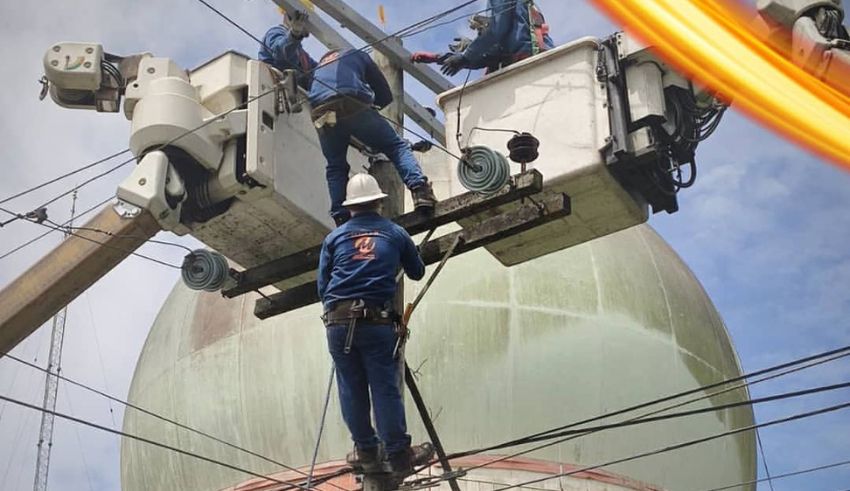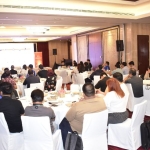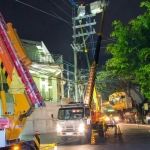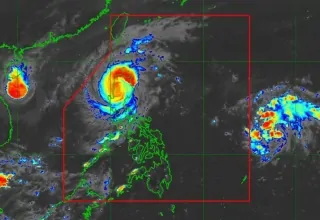
Rotating power outages are expected to hit the Philippines in June 2024, seriously disrupting both citizens and businesses. For a number of reasons, the Luzon grid—an essential component of the nation’s energy system—is severely stressed. Because of the considerable power supply shortfall brought on by these issues, grid stability requires rotational power outages.
Unexpected Outages and Inadequate Supplies
Unplanned shutdowns at a number of power facilities have taken about 4,500 megawatts of capacity off the system. Beyond these unforeseen disruptions, the de-rating of additional power facilities has further decreased the amount of power accessible. Meeting the rising demand for electricity has been difficult due to the considerable strain this combination of elements has put on the power supply.
Government and Business Reaction
Handling the Shortfall
Known by most as rotational power interruptions, manual load dropping (MLD) is a technique used by Manila Electric Company (Meralco) to handle the present power outage. Strategically planned to control system state and avert a complete grid collapse are these outages. Meralco hopes to stabilise the grid and reduce the impact on any one place by dispersing the power outages over several locations.
Initiatives and Regulations
Addressing the issue actively are the Department of Energy (DOE) and the Energy Regulatory Commission (ERC). They are collaborating directly with power producers to guarantee adherence to operating guidelines and to speed up the repair and upkeep of impacted power plants. The government has also pushed for energy-saving initiatives and asked people to use less electricity during peak hours.
Residence Effects
Unrest All Around
Nearly 2 million Filipinos have been impacted by the rotating power outages, which last an average of 1.5 hours. Daily living has been thrown off by these outages, which have affected everything from home routines to corporate activities. Particularly vulnerable to the outages have been small and medium-sized businesses, which have had to pay more for backup power options and endure operating delays.
The social and economic fallout
There are more general social and economic ramifications to the power disruptions. Hospitals and schools have found it difficult to keep up regular operations, which has affected worker productivity generally. The disruptions have brought to light how brittle the nation’s electricity system is and how urgently strong backup plans and infrastructure investments are needed.
Sustainability and Solutions
The government and the power sector are looking at several options to deal with the current electricity problem and guarantee a sustainable energy future. Raising the coal moratorium is one suggested action to make more coal-fired power facilities available. There are environmental issues to be balanced even if this could offer instant comfort.
Keep Reading
Making Renewable Energy Investments
Long-term fixes centre on funding hydroelectric, wind, and solar energy sources. The government is aggressively pushing the creation of renewable energy projects in order to diversify the energy mix and lessen reliance on fossil fuels. Offerings of subsidies and incentives are meant to draw investment in clean energy technologies, which are considered essential to attaining sustainability and energy security.
Improved Infrastructure
A further important area of attention is increasing the capacity and dependability of the electrical grid. This entails putting cutting-edge technologies to increase efficiency and resilience, improving grid management systems, and modernising transmission and distribution infrastructure. The mobilisation of the required resources and experience for these infrastructure projects is being promoted through public-private partnerships.
Endnotes
June 2024 saw rotational power outages in the Philippines due to a complicated interaction of several causes, including overloaded grids, limited power capacity, and unanticipated power plant shutdowns. The nation is seeking long-term solutions to ensure its energy future, even as quick steps are being done to control the issue. Through targeted regulatory actions, infrastructure upgrades, and renewable energy investments, the Philippines hopes to create a robust and sustainable energy system that can support its expanding economy and population.



























